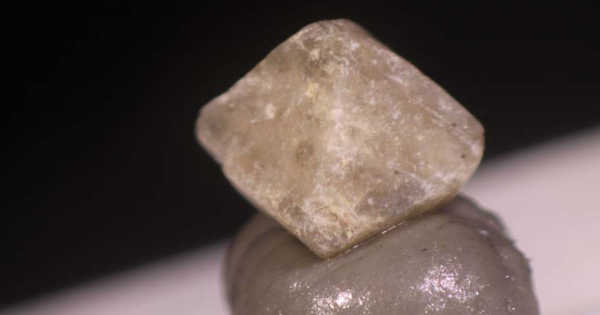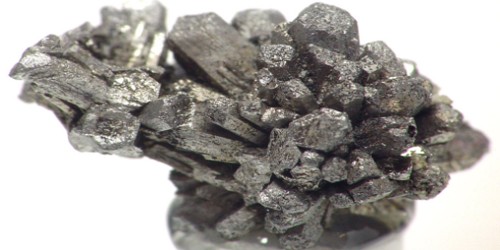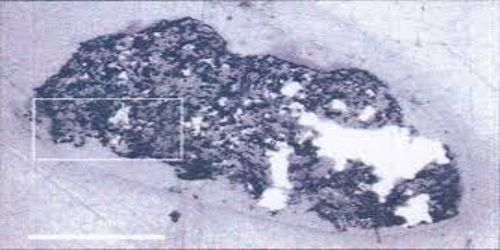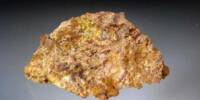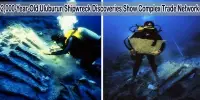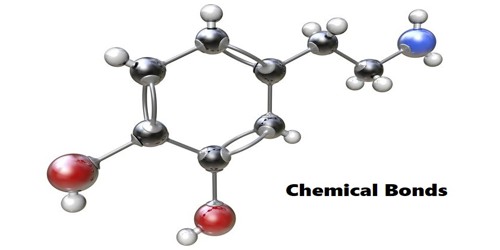Northupite is an uncommon evaporite mineral, with the chemical formula Na3Mg(CO3)2Cl. It is an isometric-diploidal mineral containing carbon, chlorine, magnesium, oxygen, and sodium. It is a mineral composed of magnesium sodium carbonate with chloride and occurring in colorless octahedral crystals. It is chloride and carbonate of sodium and magnesium, Na₃ Mg(CO3)2Cl, found as fine octahedral crystals belonging to the cubic system.
It was discovered in 1895 at Searles Lake, San Bernardino County, California by C. H. Northup (born 1861) from San Jose, California, for whom Northupite is named.
General Information
- Category: Carbonate minerals
- Formula (repeating unit): Na3Mg(CO3)2Cl
- Crystal system: Isometric
- Crystal class: Diploidal (m3)
- Colour: Colourless, pale yellow, grey, brown; colourless in transmitted light

Properties
Northupite is a white, yellow, gray, or colorless isometric mineral composed of magnesium sodium carbonate; occurs in octahedral crystals. It occurs as colorless to dark grey or brown octahedral crystals and as globular masses.
- Crystal habit: Octahedral crystals; globular, massive
- Fracture: Conchoidal
- Tenacity: Brittle
- Mohs scale hardness: 3.5 – 4
- Lustre: Vitreous
- Diaphaneity: Transparent
- Specific gravity: 2.380–2.407
- Optical properties: Isotropic
Occurrences – An uncommon mineral, formed probably between 200C and 500C, as a lacustrine deposit or at depth in mud and clay; may be primary or a replacement of earlier saline minerals.
It occurs as colourless to dark grey or brown octahedral crystals and as globular masses. In synthetic material, it forms a series with tychite [Na6Mg2(CO3)4SO4].
It occurs associated with tychite, pirssonite at Searles Lake and with shortite, trona, pirssonite, gaylussite, labuntsovite, searlesite, norsethite, loughlinite, pyrite, and quartz in the Green River Formation of Wyoming.
